Cultural Significance of Afghani Carpet in Pakistani Culture

Carpet weaving has a long history in Afghanistan. It has been an integral part of Afghan culture and ethnic diversity. Afghani carpets are an adorable combination of varied cultures such as Iran, Pakistan, Tajikistan, Turkmenistan, and Uzbekistan. Afghani Carpet translates all languages of the cultural heritage of these regions representing the talented hand weavers of Afghani. Symbol of artistic sensibility and mind-blowing craftsmanship, Afghani carpets talk about the best possible fusion of creative minds of these lands. Heavily influenced by Persian culture, reflecting the unique background of history with flawless color combinations. Solid yet durable Afghan carpets are made to pass down to generations.
Solid and Durable Afghani Carpets
Known for its remarkable durability and sturdiness, Afghani carpets in Pakistan stand among one of the most running items. Crafted with meticulous care and attention to detail, are not only created to cover the floor, they are created to give your room a lavish feel. They are solid investments that can be passed down to generations. The original high-quality afghani carpet has the following exclusive qualities;
High-quality materials. For this, they use their local sheep wool to provide natural luster and strength. Spun expertly for its enduring and robust yarn. Thick pile and Knotting are another reason why Afghani carpets stand out, ensuring every knot is tightly secure and the carpet is more resistant to wear and tear. Their intricate patterns and dark color palette helped them resist stains. High-quality dye keeps the carpet like new and because it is easily washable we can tell they are quite easy to maintain.
Types of Afghani Carpets
Afghani carpets are popular for their hand-woven high quality. They come in different types among them 2 of them are widely popular. Pakistani carpets are also popular for their tribal-influenced designs and artistry. All afghan rugs are solid yet charming with durable quality. Afghani carpets reflect cottage-based craftsmanship passed through generations of families.
· Turkmen Carpets
Popularly called Turkoman or Turkmenistan carpets. These carpets are woven by Turkmen tribesmen and this reflects the tribal geometry of carpets. These people have a mixed background of Afghanistan and Turkmenistan and they celebrate this classic fusion of heritage and culture with their intricate designs. They represent themselves as deep earthy like rich red and blue in the form of geometric patterns. The symmetry represents their subtle yet elegant mode of living. Their symmetrical designs often feature motifs like flowers within the unique octagonal shapes. Repeating patterns that hold cultural significance in Afghan culture highlight their deep connection to their roots. These carpets are living proof of skilled craftsmanship in their region. It also talks about the story of the nomadic heritage of the Turkmen people.
· Baluchi Carpets
Another exceptional yet outstanding carpet from Afghan Culture. They are crafted primarily by the Baloch people. Greatly popular for their ornamental designs created by nomadic groups of people living in tribal Afghanistan and neighboring regions. Their ornate designs gained popularity right after they were introduced in the rug market. Since then the signature animals, flowers, and trees have been a symbol of Baluchi carpets. Baluchi people focused on picking dark rich colors, their color palette has dark red and blue with a touch of earthy brown. Their carpets represent the rich Baluch cultural identity and their history of migration.
Each of them has their unique characteristic and it is rich in culture and heritage. They have their own cultural significance and unique characteristics. From motifs to octagonal geometry, afghan use the best minds they had and give the world something beyond the best.
History of Afghani Carpets
Most of these carpets have more common designs, their significant colors, and exceptional designs. Tribal weaving of Central Asian Countries weave with their sophisticated Persian knots. Most Afghan weavers make rugs with high-quality wool, silk, and cotton. They still use the same weaving technique their grandparents have been using.
Back then they used these carpets to adorn their small cottages and they were often small portable looms. It was also used in some of the tribal tents they used to live in. Most of them were made of Persian knots and Afghan tribal people especially used vegetable dye to impart the beautiful color of their rugs. They use hand-spun high-quality afghan wool for premium softness and durability. Vegetable dyes are still in use today in some regions. But since the 1950s pre-dyed wools were readily available all over the world and so were in Afghanistan, so tribesmen began to use them.
Today in towns and villages pre-dyed fabric or combined dye fabric took over the vegetable dying method. In this region, you will find various fabric-quality materials ranging from coarse to medium. Created to weave felted wool carpets popularly called namads, flat (non-pile) fabric woven carpets popularly called kilims. These piled and woven carpets were made from wool, silk, and cotton. It takes hard working 6 to 9 months to create one amazing afghan carpet.
Impact of wars on Afghani Carpet weavers
Between 1979 to 1992 Afghan weavers became refugees. Most of them settled in Pakistan yet the rest of them Settled in Iran. As war propagates thousands of carpet weavers fled and half of them settled in Pakistan, giving Pakistan Carpet Weaving culture a new twist. The Soviet Union and other civil wars were ongoing and this time it was also impacting Pakistan and Iran. The weavers adapt the sorrow and grief of war into their intricate designs and tell the world with their loud designs.
As a result of this way situation, in the early 1980s, Afghan weavers established a unique pattern of designs. That was a fusion of Persian and their local designs. The traditional classic Afghan rugs turn out to be fantastic when subjected to Afghan culture. You might also see a glimpse of Taliban culture in the carpets of that time.
Hand knotted Carpets
Testament of exquisite craftsmanship and timeless artistry. Using the finest quality wool that can withstand heavy foot traffic. The use of high-quality wool ensures that the carpet can be enjoyed for centuries.
Made with Premium quality wool, silk, and Cotton
Afghani carpets in Pakistan talks about high-quality wool crafted with intensive care. This is labor labor-intensive and time-honored technique that results in a beautiful carpet that also contributes to its durability. Silk is used for elegance and cotton is the foundation of hand-knotted carpets in Pakistan. All of this process is done to ensure carpet longevity with stunning visual effects.
For high quality Afghani carpets in Pakistan Visit our store Imam Carpets Online or In-store and buy your favorite today.





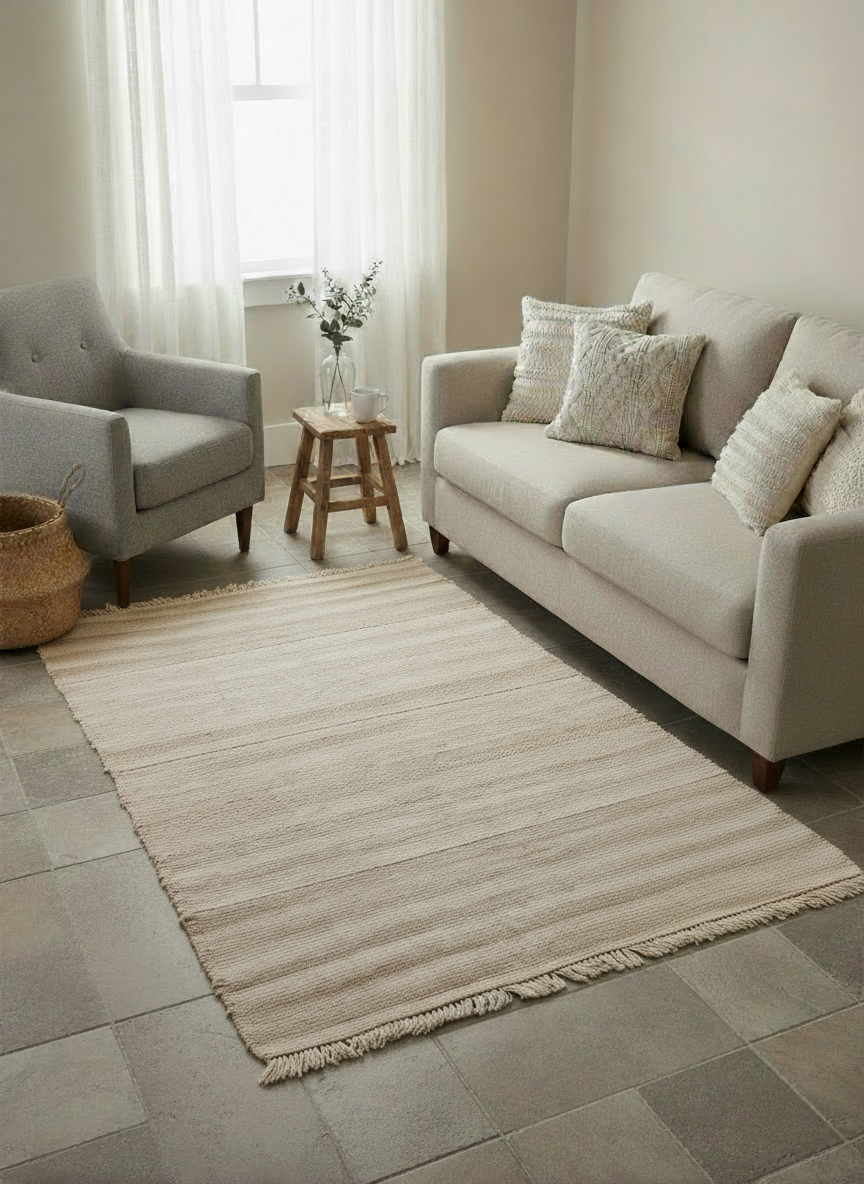
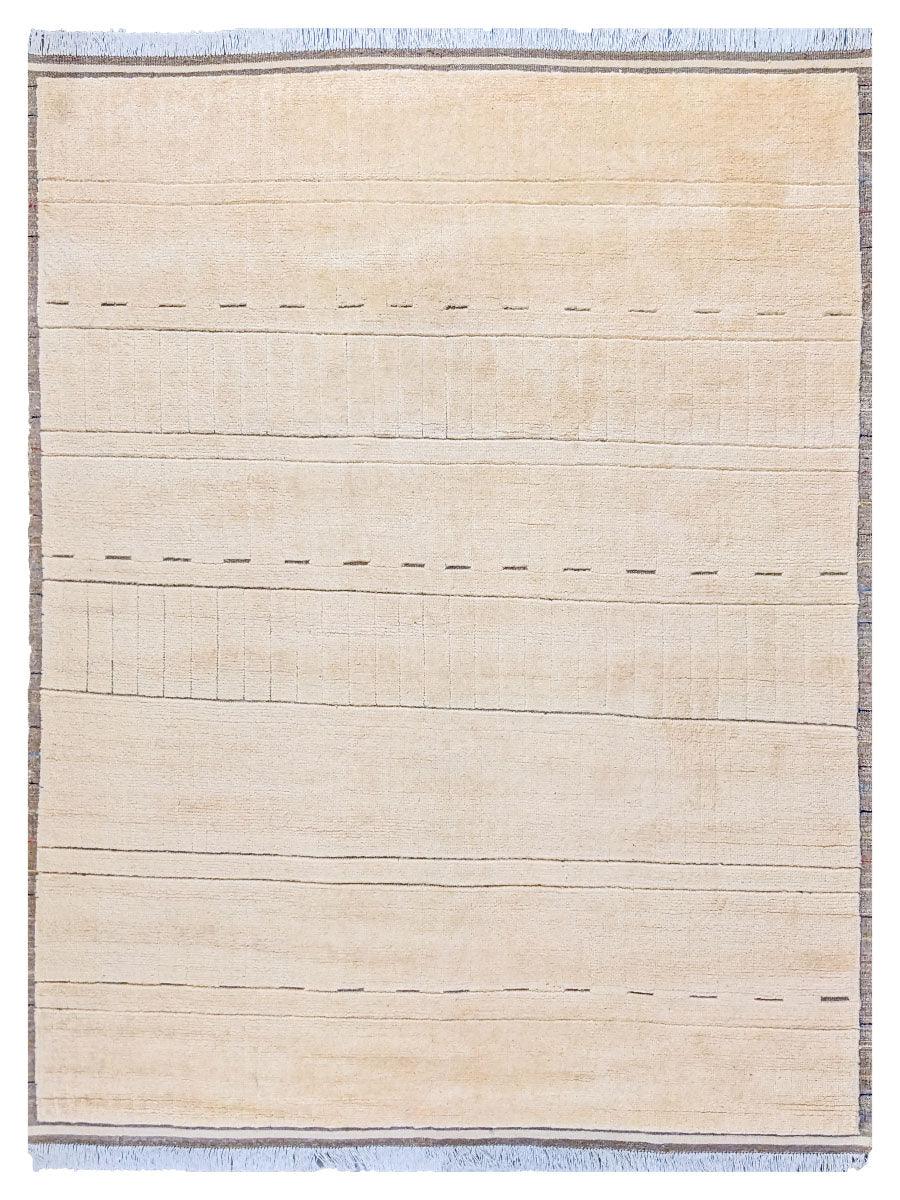
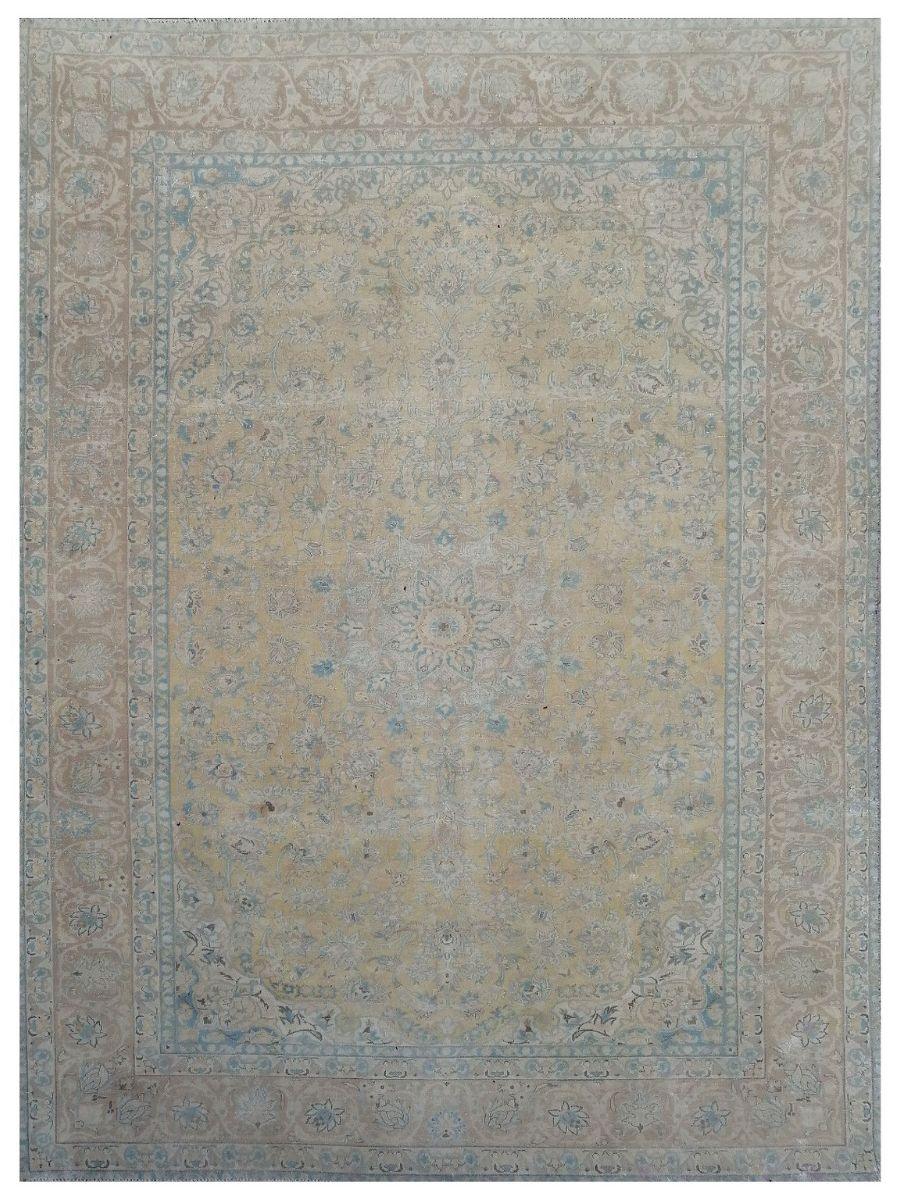


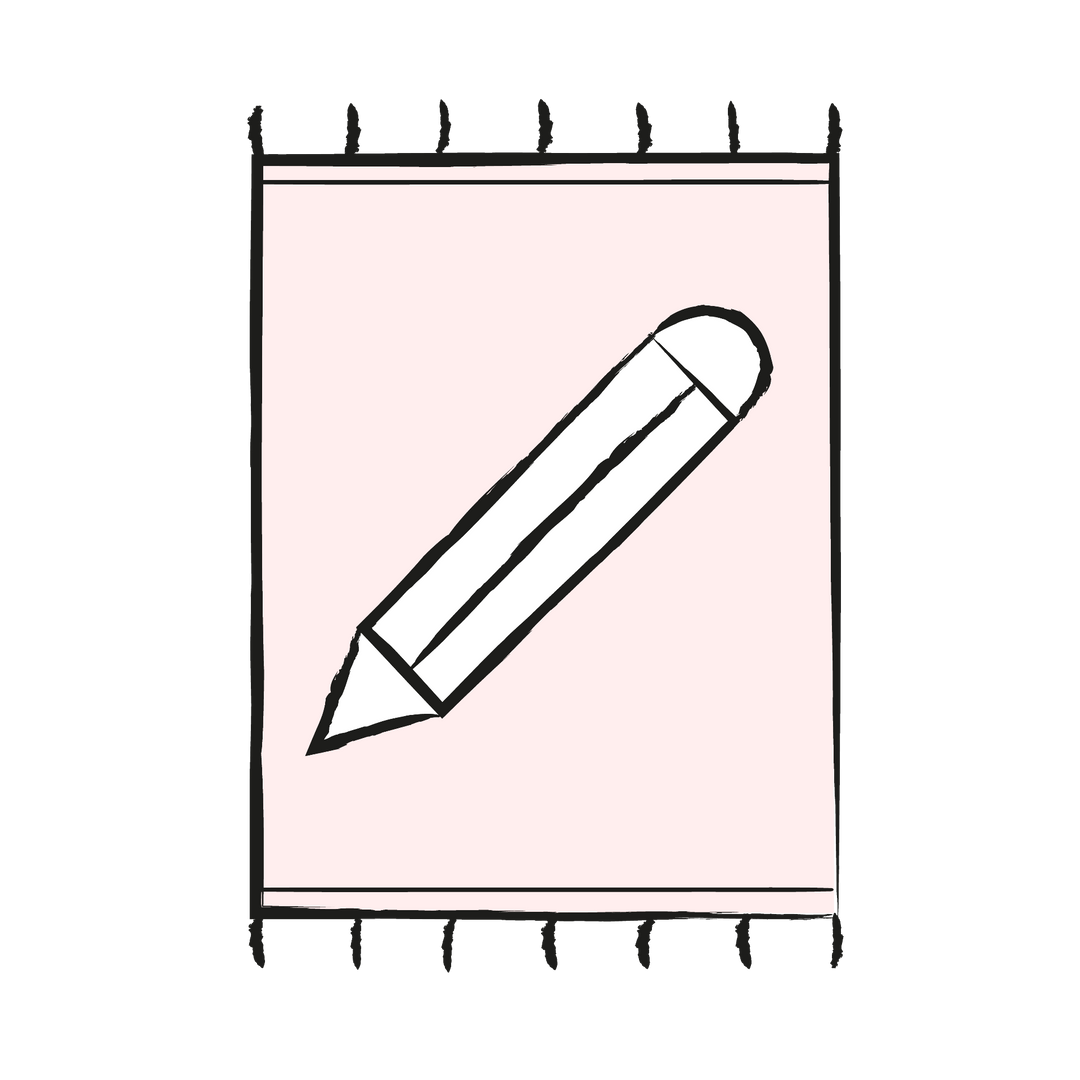

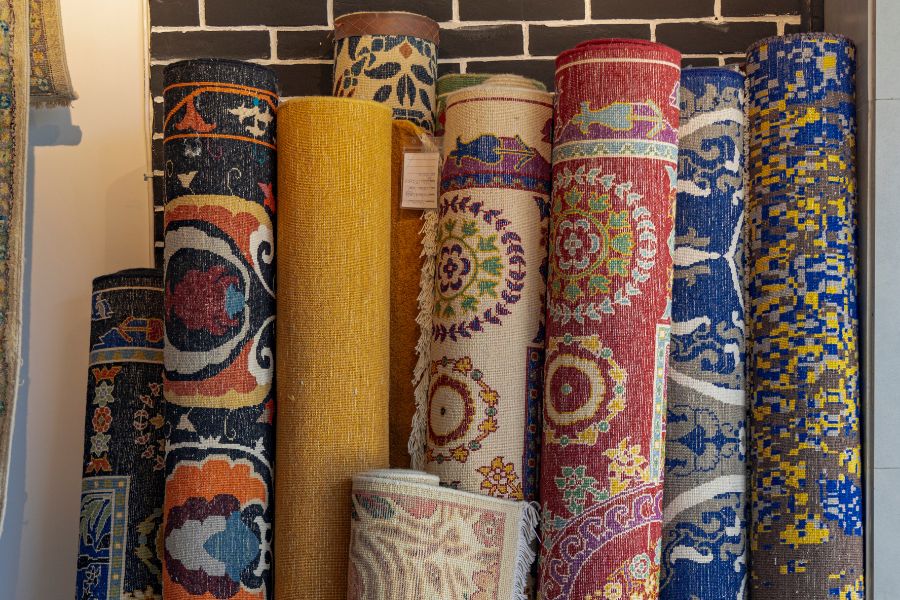
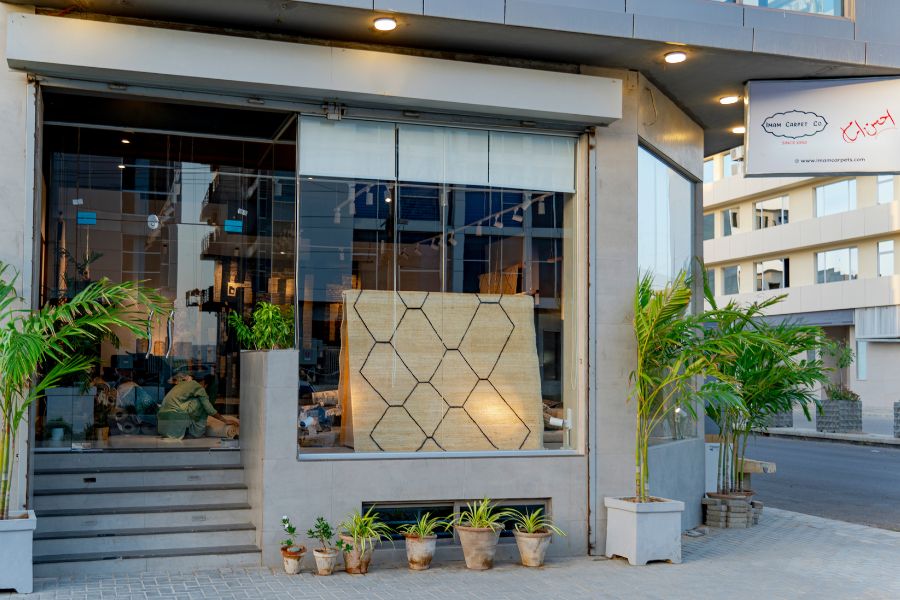
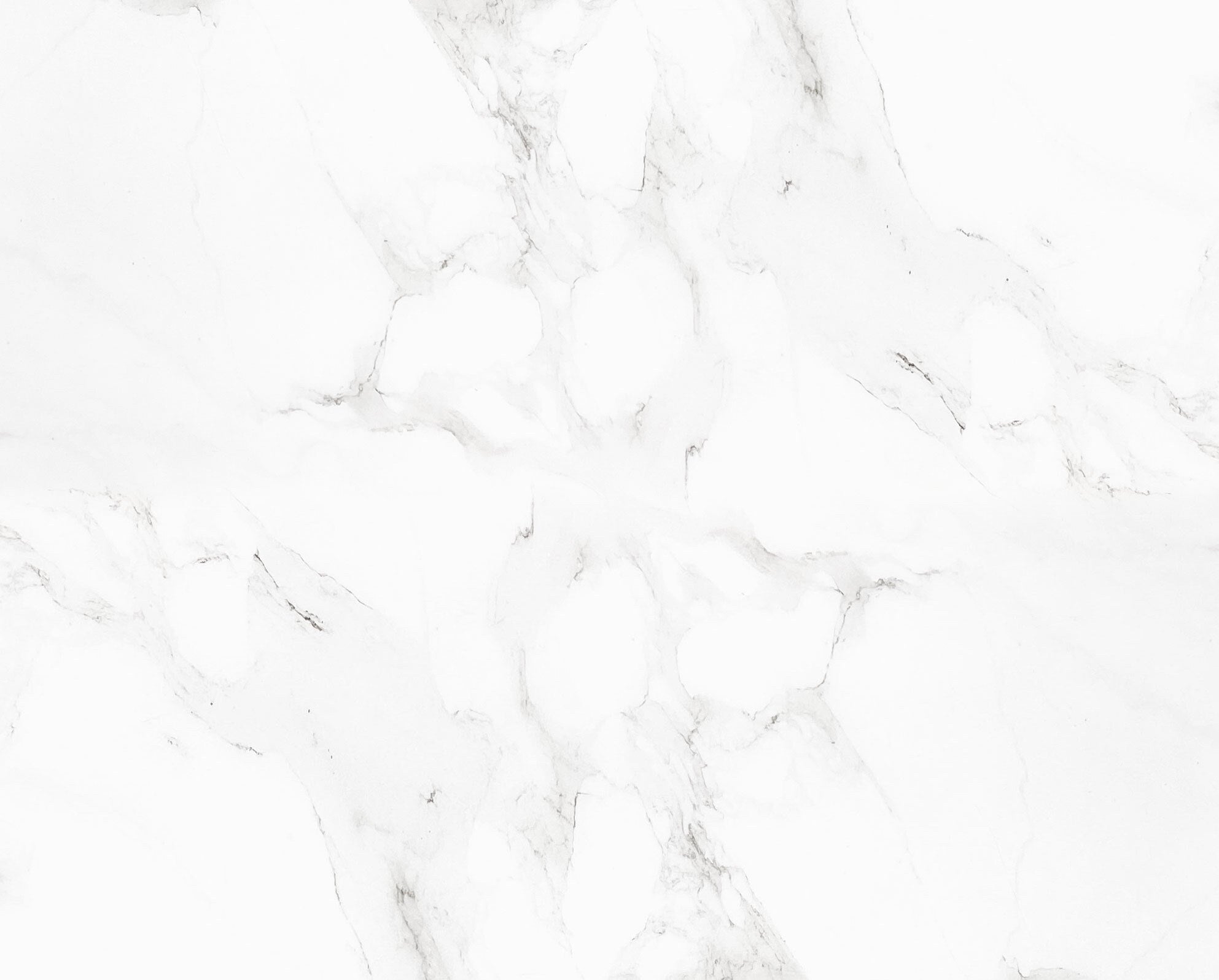
Leave a comment